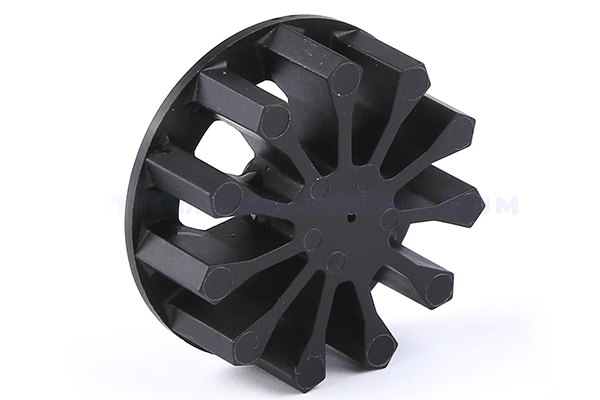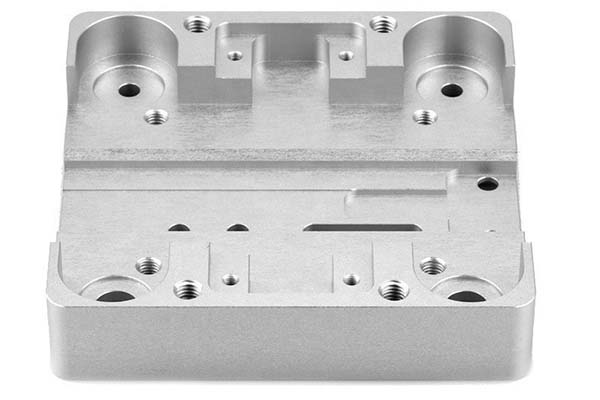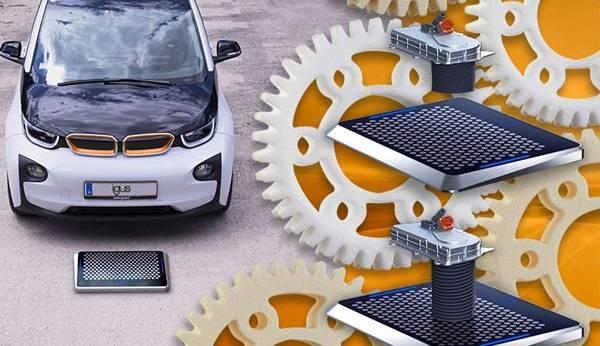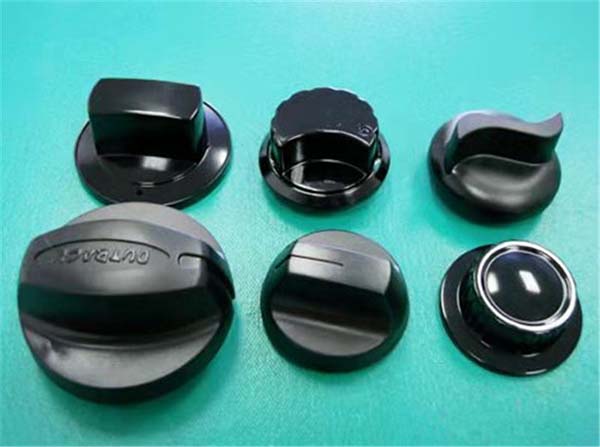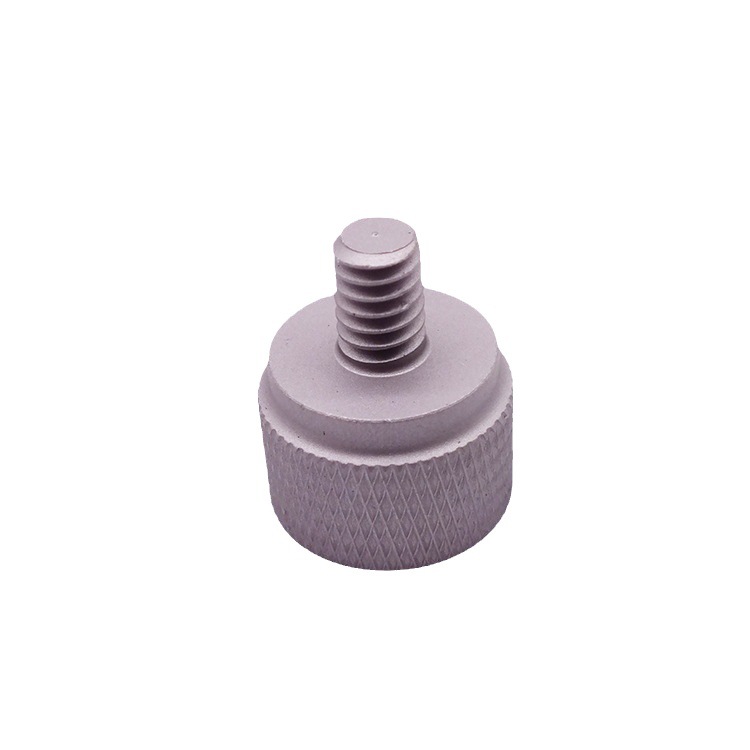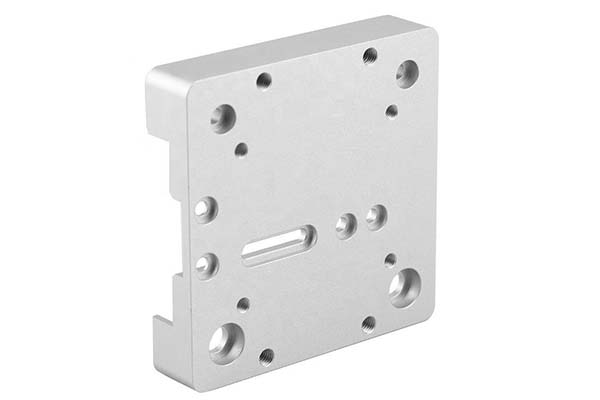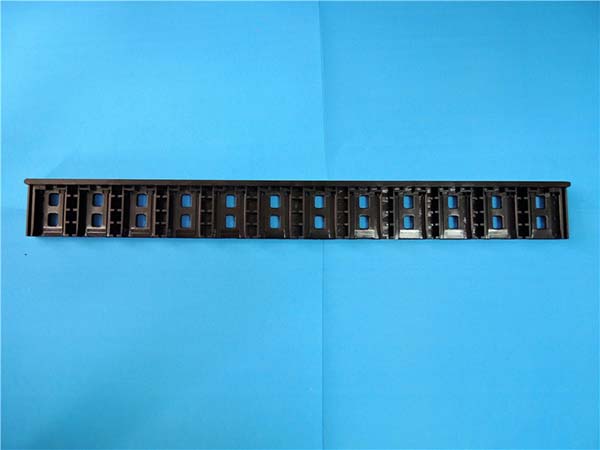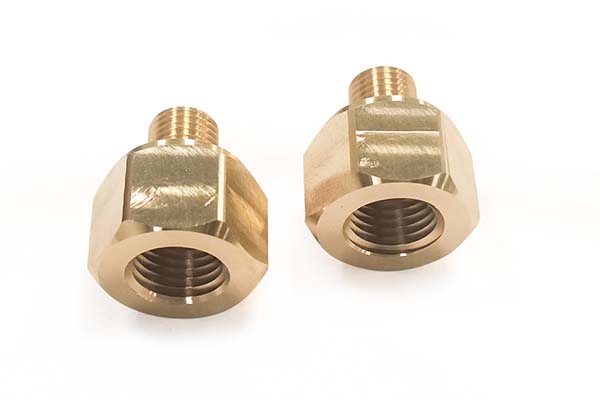Introduction to Powder-Based Rapid Prototyping
Powder-based rapid prototyping (PBR) is an innovative manufacturing technology that is fundamentally changing product development across industries. This method allows manufacturers to create physical prototypes by adding powdered material layer by layer, which is then fused using binders or energy sources such as lasers or electron beams. As a result, PBR enables the production of highly complex and precise three-dimensional parts directly from digital models. The ability to quickly produce functional prototypes for testing, design validation, and even low-volume production has made PBR a game-changer in product development. This article explores the process, advantages, applications, and success stories of powder-based rapid prototyping.
Definition and Principles
What is Powder-Based Rapid Prototyping?
Powder-based rapid prototyping refers to additive manufacturing technologies where a 3D object is built by depositing layers of powder material, which are then fused to form a solid part. Unlike traditional subtractive manufacturing, which starts with a solid block and removes material to shape the product, PBR builds objects from the ground up, one layer at a time. This allows for highly intricate and optimized designs, including internal channels, lattice structures, and complex geometries that are difficult or impossible to achieve with traditional methods.
How Does it Work?
The process begins with the creation of a 3D digital model using computer-aided design (CAD) software. The model is then sliced into thin layers. The PBR machine uses these instructions to deposit a layer of powder onto a build platform. Depending on the specific technique used, a binder or an energy source, such as a laser (in Selective Laser Sintering, SLS) or an electron beam, fuses the powder particles together. Each layer bonds with the one below it, and once the part is complete, it is carefully removed from the machine and may undergo post-processing steps like cleaning, curing, or surface smoothing.
Historical Development
Early Beginnings
The idea of rapid prototyping was first introduced in the 1980s, with the development of stereolithography (SLA) by Charles Hull, marking the dawn of 3D printing. However, the concept of powder-based rapid prototyping was solidified in the late 1980s with the development of Selective Laser Sintering (SLS) by Dr. Carl Deckard. This method enabled the use of a wide range of materials, including plastics and metals, for creating more durable and functional prototypes.
Evolution Over Time
Over the years, powder-based rapid prototyping has evolved significantly, with improvements in material science, processing speed, accuracy, and the range of available materials. Today, PBR technologies such as SLS and Binder Jetting can work with a variety of materials, including metals, ceramics, polymers, and composites, making it possible to produce both functional prototypes and end-use parts.
Advantages Over Traditional Prototyping
Speed and Efficiency
PBR significantly reduces the time required for product development by eliminating lengthy processes like mold-making, machining, and manual assembly. Complex parts can be created in just hours or days, as opposed to the weeks or months required by traditional methods. This rapid development enables companies to bring products to market faster and be more responsive to changes in market demand.
Cost-Effectiveness
While the initial investment in PBR equipment can be substantial, the overall cost savings are significant in the long term. The elimination of tooling costs, reduced material waste, and the ability to iterate designs quickly lead to lower production costs. Additionally, PBR allows for testing of multiple designs simultaneously, enabling faster identification of flaws and minimizing the risk of costly errors in the later stages of production.
Complexity of Designs
PBR enables the creation of geometries that would be impossible or cost-prohibitive to produce with traditional manufacturing techniques. This includes intricate internal structures, complex surface textures, and custom-fit components. As a result, designers have the freedom to innovate without being constrained by the limitations of traditional methods, often leading to breakthrough product designs.
Applications Across Industries
Aerospace
The aerospace industry is one of the biggest beneficiaries of powder-based rapid prototyping. The need for precision, lightweight structures, and high-performance parts makes PBR indispensable in the development of aircraft components. Major players like Boeing and Airbus use PBR technologies to prototype critical components, reducing weight and improving fuel efficiency while maintaining the strength and durability required for flight. PBR is also used in manufacturing parts for satellites, space exploration missions, and tools used in the harsh conditions of space.
Automotive
In the automotive sector, PBR has allowed for faster prototyping of vehicle parts, tools, and even entire car models. Car manufacturers use powder-based rapid prototyping to test complex parts for functionality, fit, and performance before moving to full-scale production. The speed and cost-effectiveness of PBR help automotive companies stay ahead of the competition by enabling quicker responses to market trends and customer demands.
Medical
Powder-based rapid prototyping is making significant strides in the medical industry. Customized implants, prosthetics, and surgical tools can be created with precision, ensuring a better fit and improved patient outcomes. In addition, medical professionals can produce surgical guides to assist in complex procedures. For example, medical devices such as dental implants, hearing aids, and orthopedics can all benefit from PBR’s customization and precision, enhancing the patient experience.
Case Studies and Success Stories
NASA and Space Exploration
NASA has been an early adopter of powder-based rapid prototyping to support space exploration missions. Using PBR, the agency has been able to produce critical components for rovers, spacecraft, and the International Space Station. The ability to produce parts on-demand in space has minimized reliance on Earth-based supplies, ensuring greater flexibility and resilience for space missions. For instance, NASA used SLS to create specialized tools for the Mars rovers, reducing mission costs and improving operational efficiency.
Ford Motor Company
Ford Motor Company has leveraged powder-based rapid prototyping to revolutionize its vehicle design and development process. Using SLS and other PBR techniques, Ford has been able to rapidly prototype car parts, tools, and even entire vehicle models. This has reduced the time required to develop new vehicles, allowing Ford to bring innovations to market faster and with fewer errors. Ford’s use of PBR has helped them improve performance, streamline production, and reduce development costs.
Medical Innovations at Mayo Clinic
At the Mayo Clinic, PBR has been used to develop customized medical devices and patient-specific surgical guides. For example, the clinic has created 3D-printed guides for orthopedic surgery that allow surgeons to plan operations with greater precision, ultimately improving surgical outcomes. Additionally, Mayo Clinic uses PBR for creating patient-specific implants, ensuring a better fit and reducing the need for revision surgeries.
Impact on Product Development Cycles
Powder-based rapid prototyping has profoundly impacted the speed and flexibility of product development cycles. The ability to rapidly iterate on designs, test prototypes, and make improvements has shortened the time it takes to bring products to market. As industries continue to embrace these technologies, companies can differentiate themselves by offering custom, high-performance products while maintaining a competitive edge in their markets.
FAQs
What materials can be used in powder-based rapid prototyping?
Powder-based rapid prototyping supports a wide range of materials, including plastics, metals (such as stainless steel, titanium, and aluminum), ceramics, and composites. The material selected depends on the product's specific requirements, such as mechanical strength, durability, and biocompatibility.
How does powder-based rapid prototyping compare to other types of additive manufacturing?
While other additive manufacturing methods, such as FDM or SLA, are more commonly used for prototyping, powder-based methods like SLS and Binder Jetting excel in producing parts with higher mechanical strength and greater complexity. PBR can create parts without requiring additional support structures, and it is especially well-suited for industries that require high-performance materials, like aerospace and automotive.
What are the limitations of powder-based rapid prototyping?
Some limitations of powder-based rapid prototyping include high initial equipment costs, material restrictions (e.g., the quality and variety of available powders), and post-processing requirements (e.g., cleaning and surface finishing). Additionally, build size constraints may limit the production of larger parts, and the surface finish of parts can sometimes require additional refinement for specific applications.
Conclusion
Powder-based rapid prototyping is revolutionizing product development by providing a faster, more cost-effective, and flexible approach to creating complex prototypes and end-use parts. With applications across industries like aerospace, automotive, and medical, PBR is enabling companies to innovate at an accelerated pace while minimizing costs and waste. As the technology continues to evolve and overcome existing challenges, it is poised to play an even more significant role in shaping the future of manufacturing. By adopting powder-based rapid prototyping, companies can stay ahead of the curve and bring groundbreaking products to market with unprecedented speed and precision.
